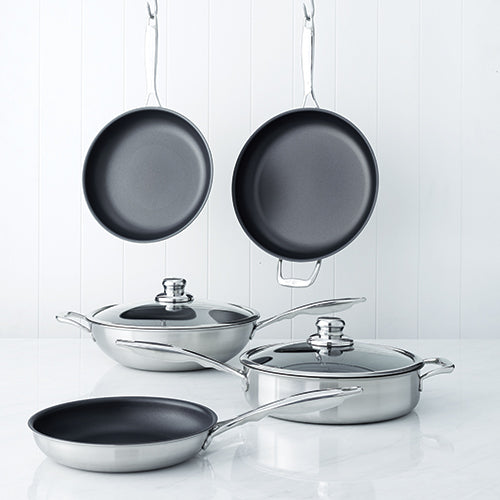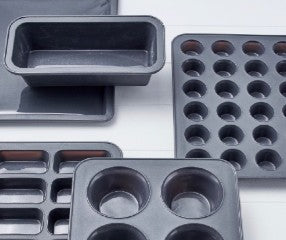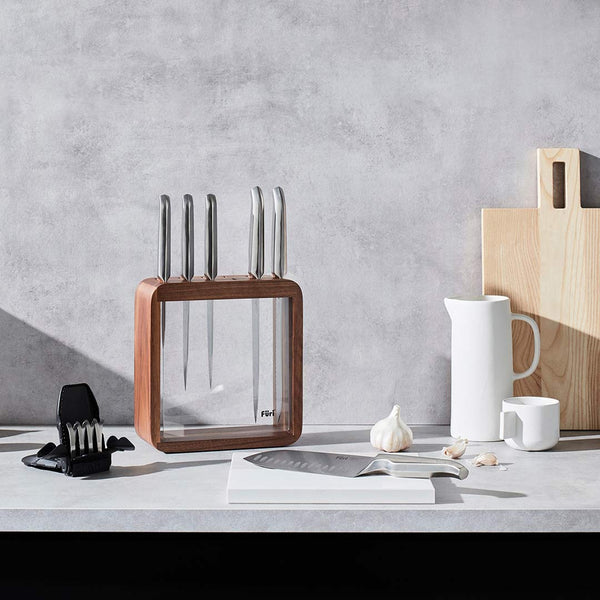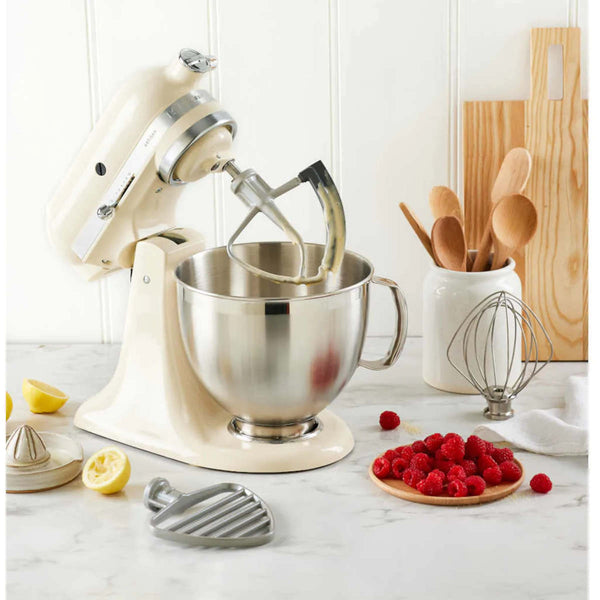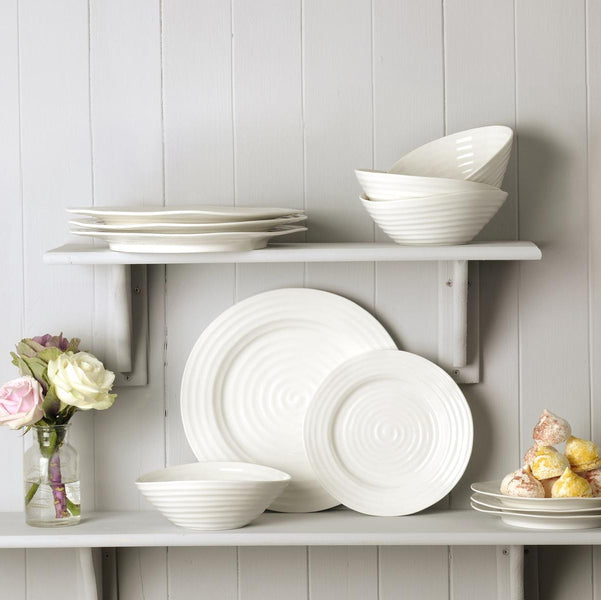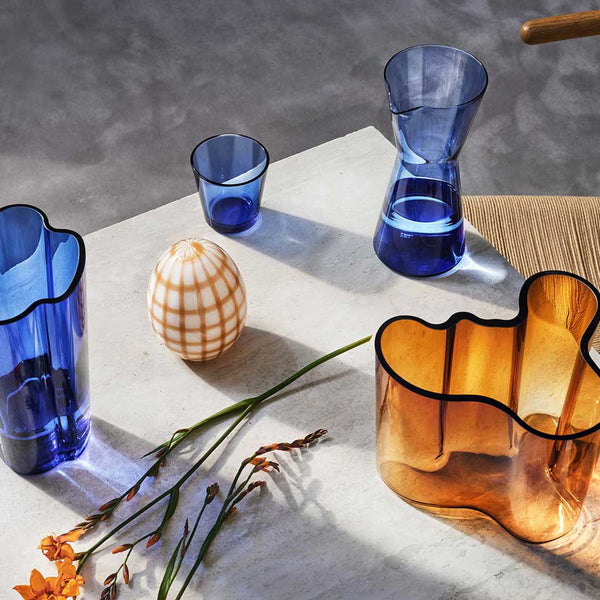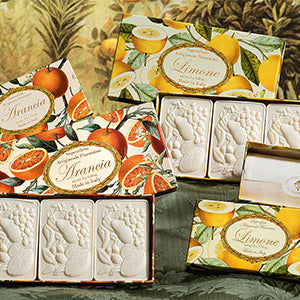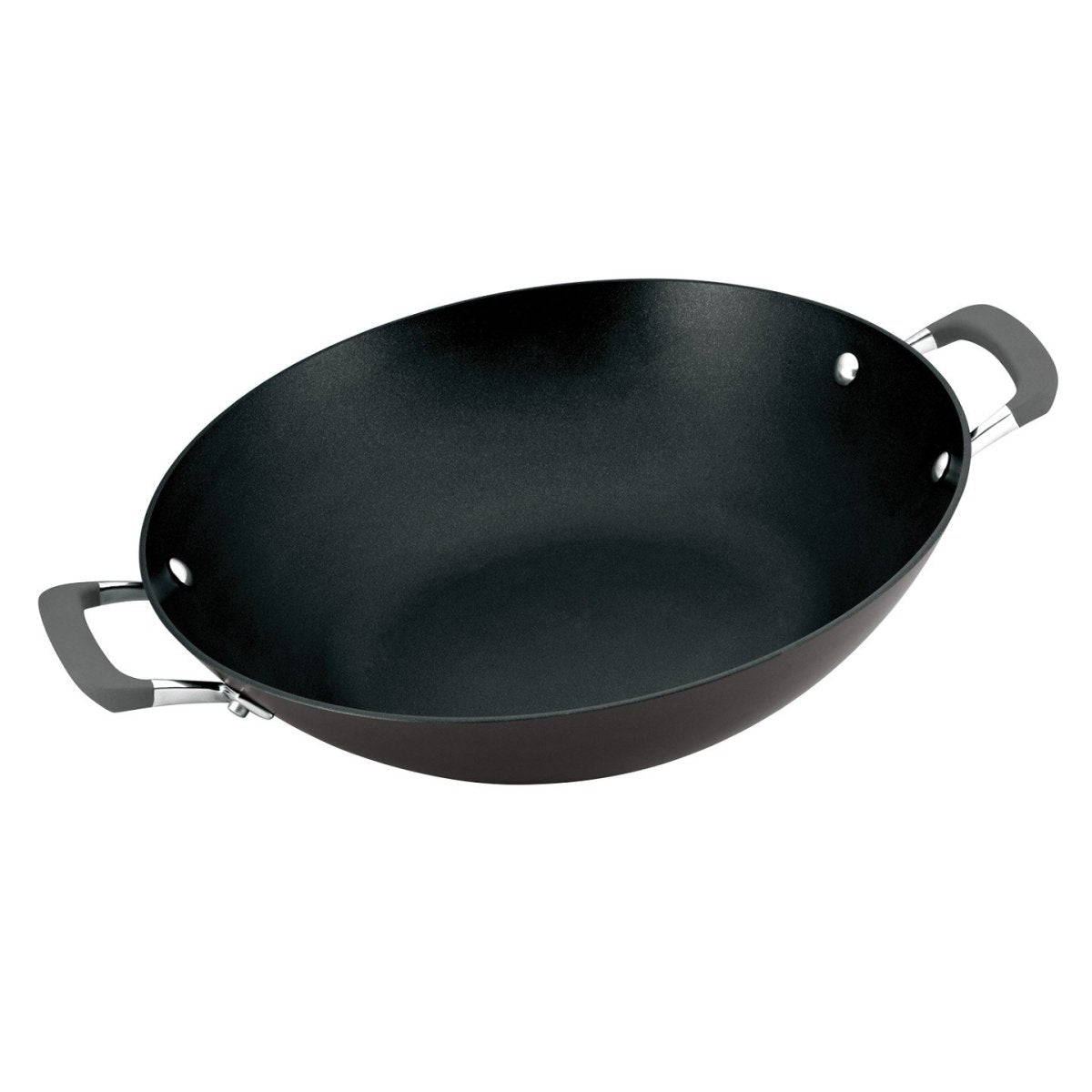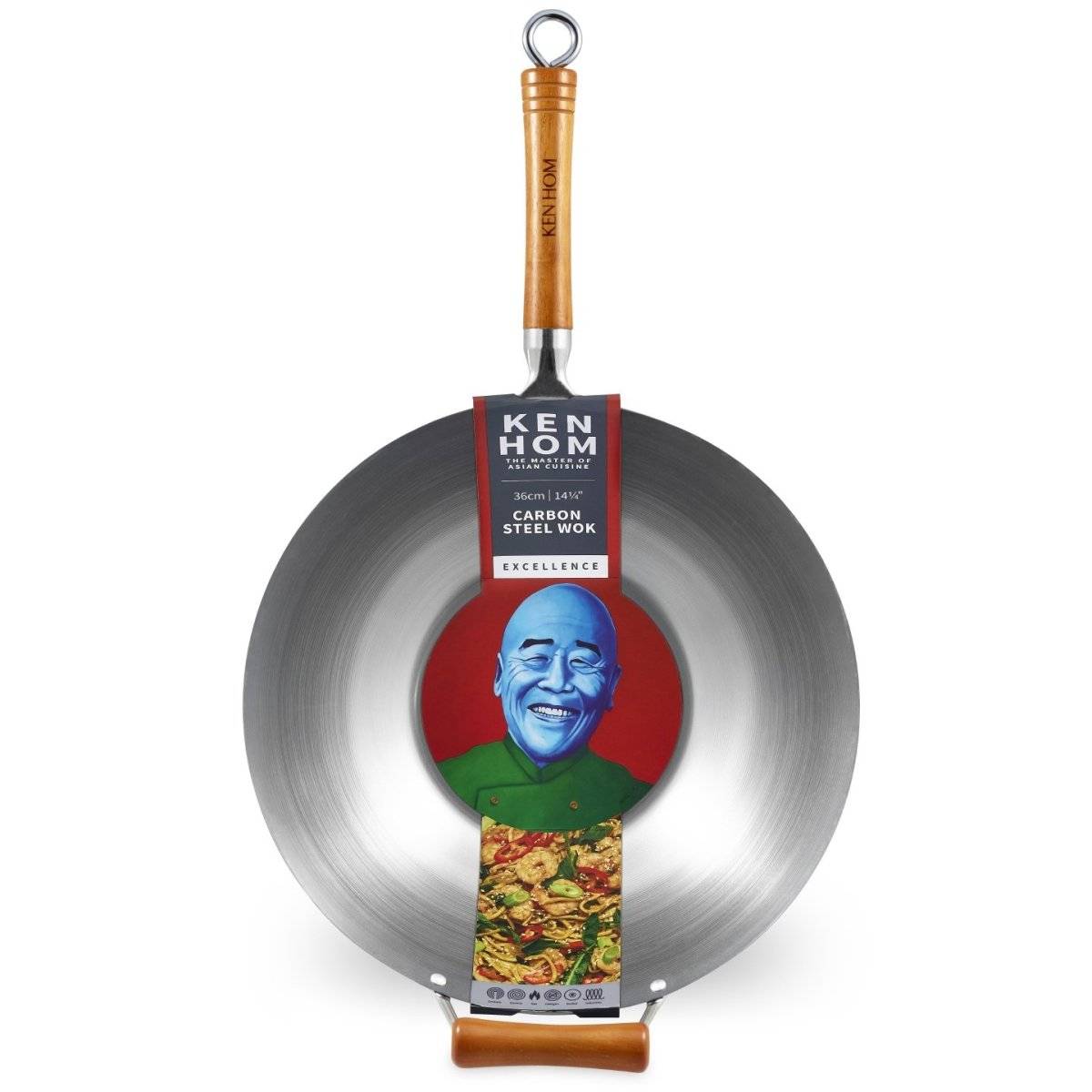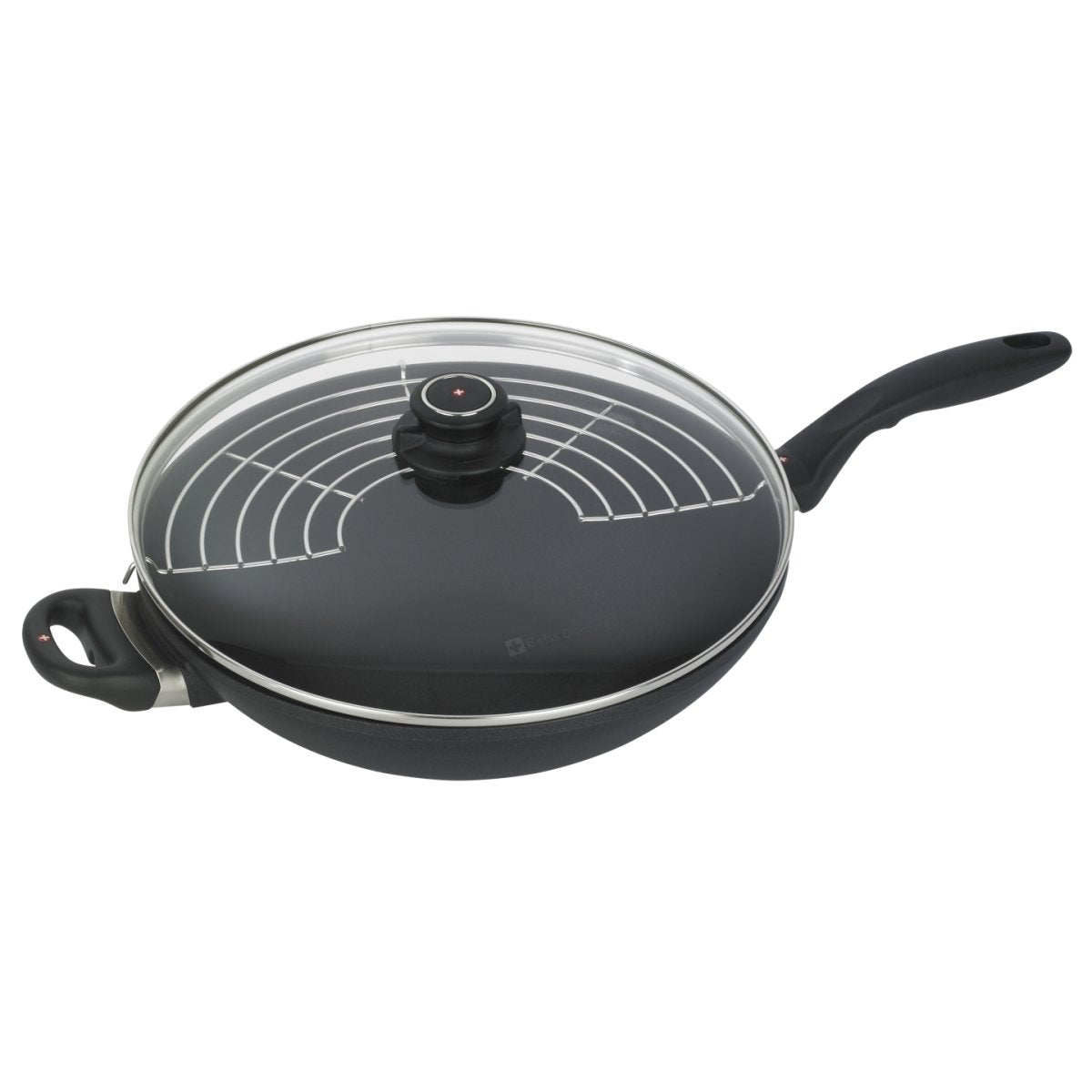
In a world according to stir-fry enthusiasts, there are few kitchen tools as versatile and beloved as the wok. Its origins trace back to ancient China, proving that the wok has stood the test of time. It also continues to be a staple in kitchens all over the world, as these days, woks are used in modern kitchens to sizzle up stir-fries, steam juicy dumplings, deep-fry crispy tempura and toss up perfect Pad Thais. Whether you're a seasoned chef or a passionate home cook, mastering the art of cooking with a wok will take your tame stir frys to exciting new heights of textures and flavours.
Today, we'll explore the do's and don'ts of cooking with woks, from choosing the right type to proper care techniques and how to season a wok. These tips will not only ensure your wok remains a treasured kitchen companion for years to come, but they’ll give your wok that worn-in, slightly smoky “wok hei” flavour to give each stir-fry that extra edge.
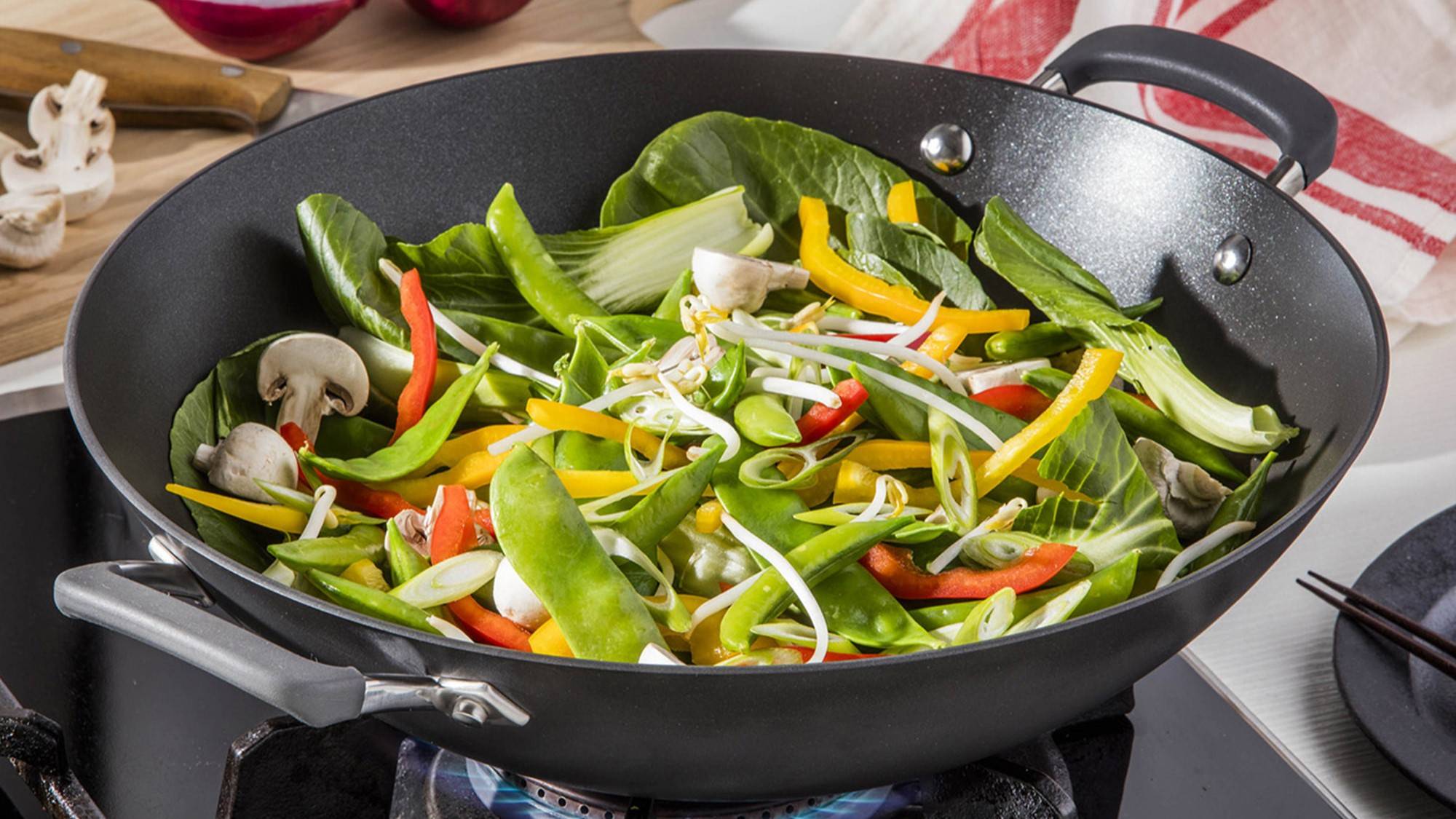
Why Cook with a Wok?
Before we get into the do's and don'ts, it's good to understand the benefits of cooking with a wok. The unique design of a wok, with its deep, rounded shape and high-sloping sides, provides several benefits that make it a preferred choice among stir-fry lovers:
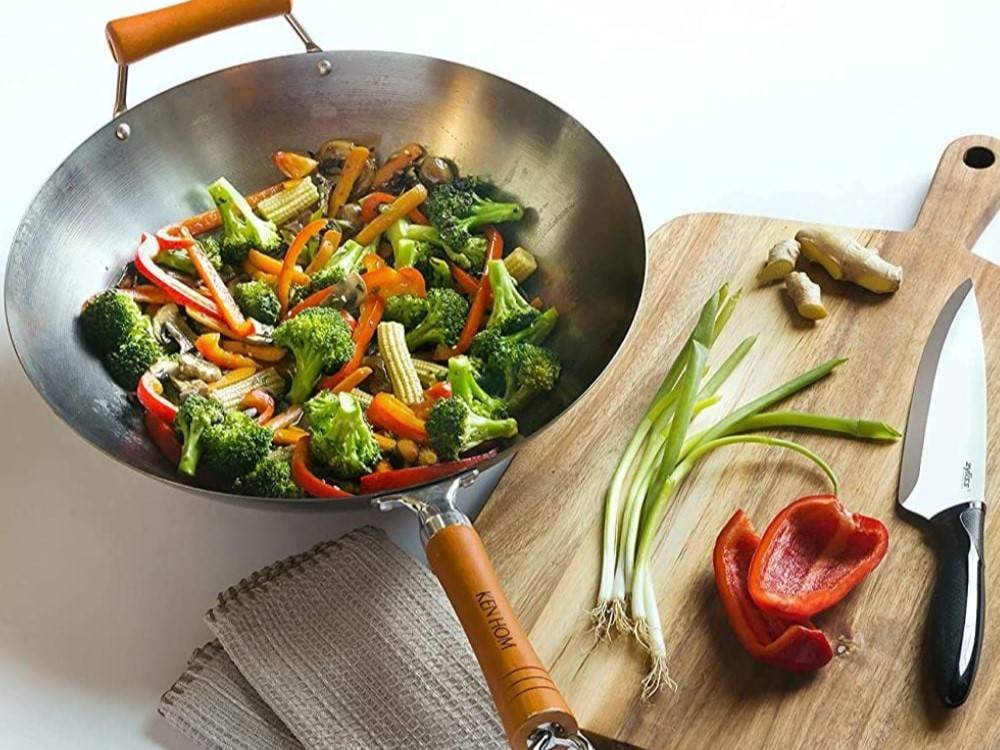
- Versatility
Woks are incredibly versatile, allowing you to stir-fry, steam, deep-fry, boil, and even smoke food. With their wide surface, they’re perfect for tossing and flipping ingredients effortlessly, ensuring a quick and even cooking of each ingredient.
- Heat Distribution
The design of a wok ensures excellent heat distribution, with the highest temperatures at the bottom and slightly cooler sides.
- Minimal Oil Usage
Cooking with a wok requires less oil due to its efficient heat distribution, making it a healthier option for those trying to reduce certain oils at mealtime.
- Preservation of Nutrients and Flavours
The quick cooking process in a wok helps retain the natural colours, nutrients, and flavours of the ingredients, resulting in more vibrant, nutritional dishes.
- Energy Efficiency
Since woks heat up rapidly and retain heat really well, they’re energy-efficient and they reduce cooking times.
Which Types of Woks are Best?
When tossing up between woks, it's important to consider their material, size, and additional features. Let's explore the different types of woks and their benefits:
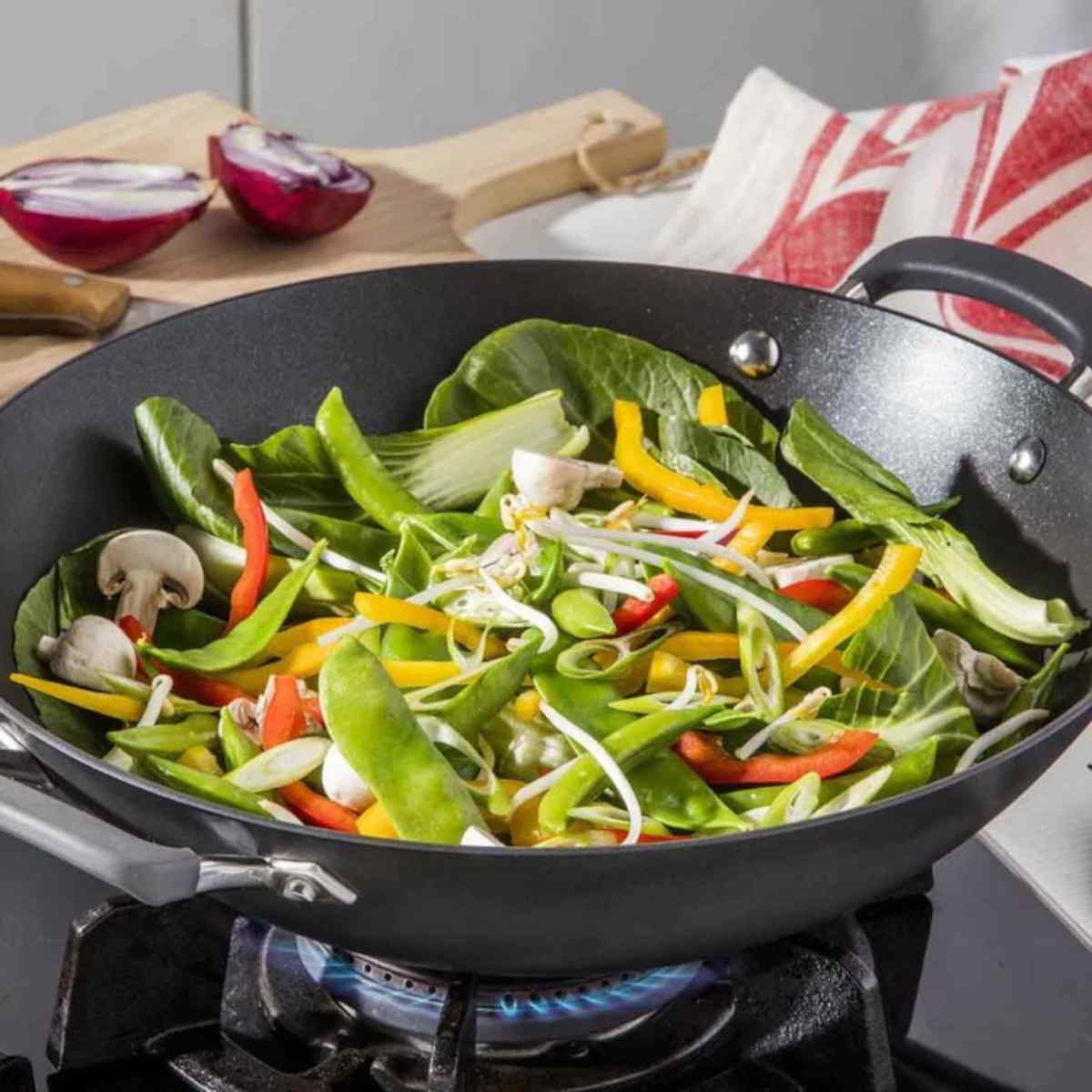
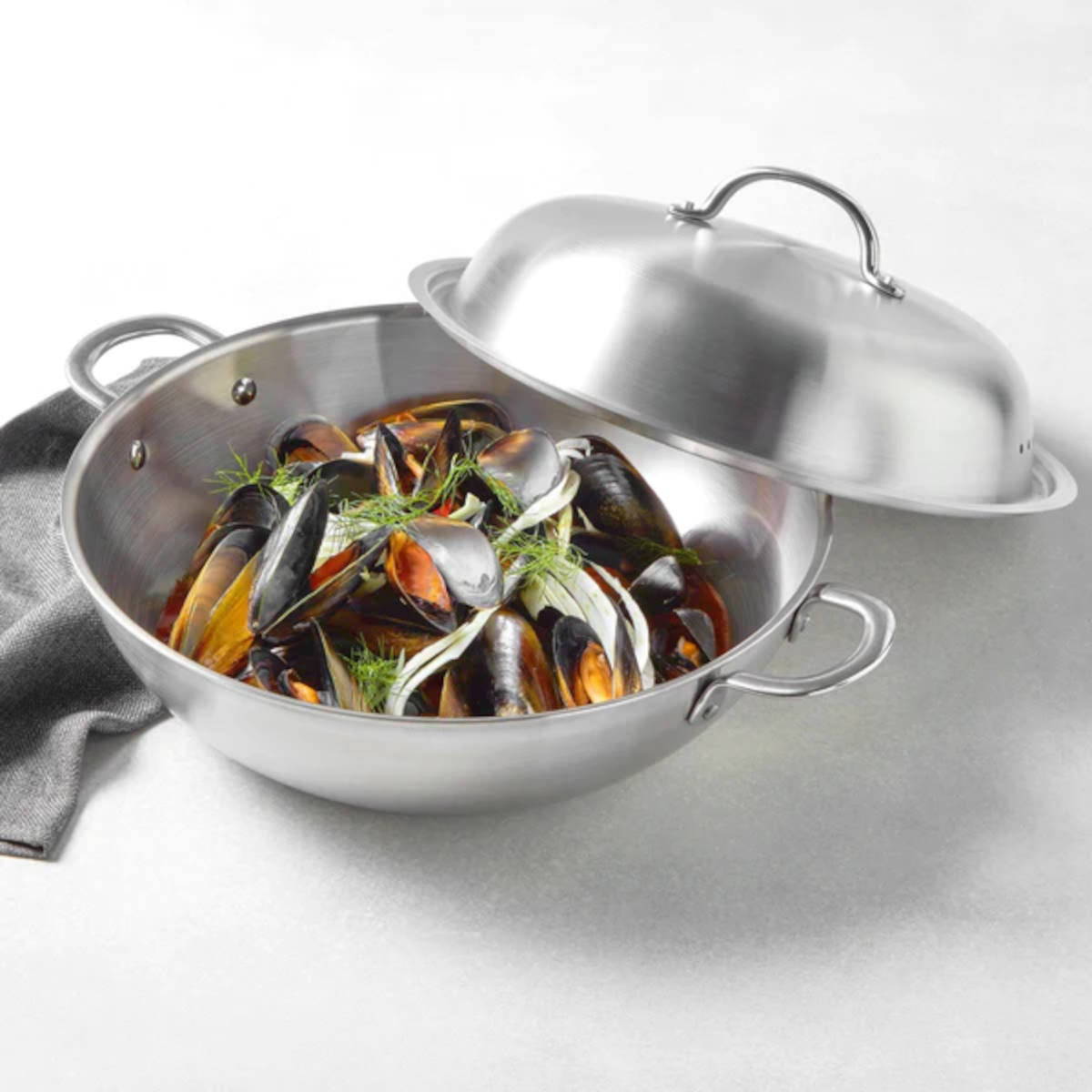
Material
- Carbon Steel
These woks are durable, lightweight, and offer brilliant heat conductivity. They develop a natural non-stick surface over time with regular use and proper seasoning. More on that later.
- Stainless Steel
Stainless steel woks are known for their durability and resistance to rust and corrosion. They’re easy to clean and maintain, making them a super convenient option.
- Cast Iron
As excellent heat retainers, cast iron woks guarantee consistent cooking temperatures. However, they are heavier and require more maintenance to prevent rust.
Size
Woks come in various sizes, ranging from 10 to 36 centimetres in diameter. For home cooks, a 30cm wok is generally suitable, offering enough cooking space without being too bulky or heavy to handle.
Handles and Accessories
When you’re choosing a wok, consider one with sturdy, heat-resistant handles for safe, comfortable use. Some woks come with accessories such as lids, steaming racks, and spatulas, enhancing their versatility and functionality.
For those looking to add a premium-quality wok to their kitchen, we recommend exploring our carefully curated selection, featuring these stand-out options:
- Anolon Endurance Non-Stick Wok (36cm): Crafted with durability and performance in mind, This non-stick wok is crafted with durability and ease-of-use in mind, ensuring effortless cooking and easy cleanup.
- Ken Hom Carbon Steel Wok (36cm): Embrace the authenticity of Asian cuisine with this traditional carbon steel wok which is perfect for achieving a “wok hei" flavour.
- Swiss Diamond XD Classic Wok with Lid (32cm): This wok gives an exceptional non-stick performance and comes with a lid for steaming.
How to Season a Wok
Seasoning a wok is a crucial step to enhance its non-stick properties and prevent rusting. “Hei”, or, "wok breath" is a term used to describe the unique flavour that well-seasoned woks can impart to stir-fried dishes. Achieving this seasoning on the wok allows it to reach high temperatures evenly and retain heat efficiently, which is essential for creating the characteristic “hei” in dishes. Follow these steps to season your wok:
- Wash the Wok
Wash the new wok with warm, soapy water to remove any protective coating applied during manufacturing. Rinse and dry thoroughly.
- Heat the Wok
Place the wok on medium-high heat and let it heat up until it starts to smoke.
- Add Oil
Pour a high-smoke-point oil, such as peanut or vegetable oil, into the wok and spread it all over the interior surface using a paper towel or brush.
- Cool and Wipe
Allow the wok to cool gradually. Once it's safe to handle, use a paper towel to wipe off excess oil.
- Repeat
Repeat the process of heating, oiling, and cooling a few more times to build up a smooth non-stick surface.
How to Clean a Wok
Properly caring for your wok is essential to maintain its condition and extend its lifespan. When it comes to understanding how to clean a wok, here are some do's and don'ts to remember:
Do’s:
- Hand Wash Only
Avoid using harsh detergents or abrasive scouring pads that can damage the hard-earned seasoning. Instead, use a soft sponge and warm water for gentle cleaning.
- Dry Immediately
After washing, dry the wok thoroughly with a towel to prevent moisture-induced rust.
- Re-season as Needed
Over time, the seasoning on your wok may wear off. Don't hesitate to re-season it when necessary to restore its non-stick properties.
Don’ts:
- Avoid Soaking
Never soak your wok in water, as it can lead to rusting. Instead, clean it immediately after use.
- Never Put a Wok in the Dishwasher
The high temperatures and harsh detergents can damage the seasoning and material.
With all of these tips, your stir-fry enthusiasm can continue with even greater success. We offer premium kitchenware, including woks fit for all sorts of culinary adventures. Minimax’s specially curated premium cookware is always up for the task, ensuring you have the best tools to create the most memorable meals. Explore our selection of woks today and enjoy your kitchen experience even more with the time-honoured art of wok cooking.
